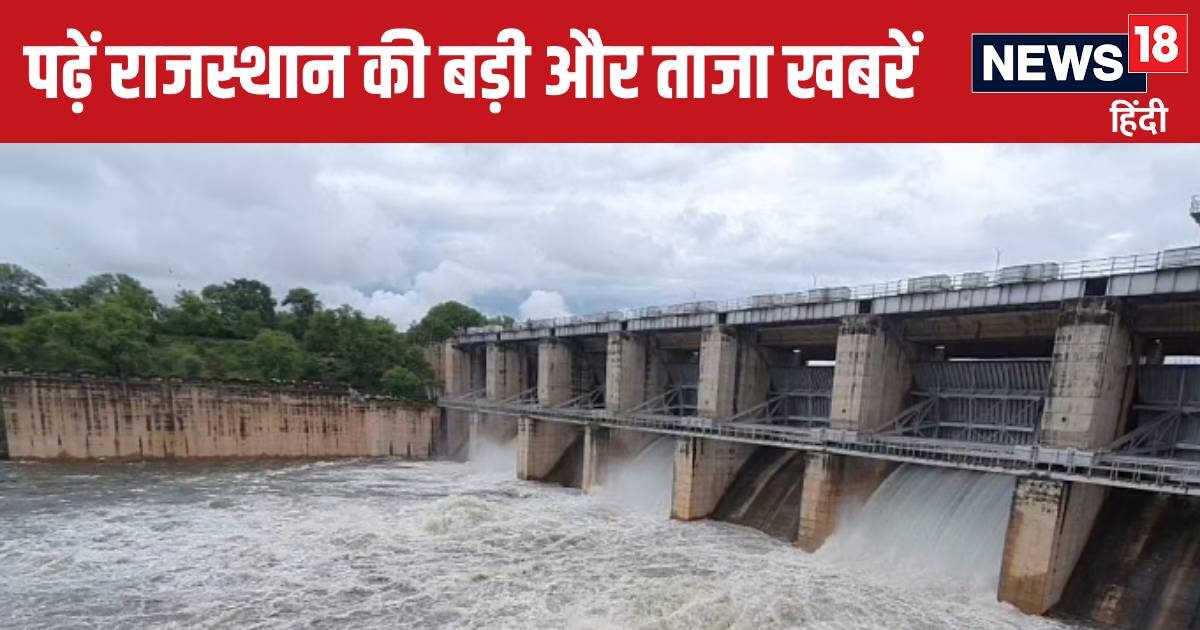It is quite ironic that India’s tax history has some wild twists, yet here’s a jaw-dropper that may leave your mouth wide open – during the 1970s, under Prime Minister Indira Gandhi, this nation’s highest income tax rate reached an astonishing 97.5 percent. Imagine working all year just to keep 2.5 percent of your earnings. Fast forward to 2025, and things couldn’t be more different.Finance Minister Nirmala Sitharaman’s latest budget provides a huge relief in terms of tax. In fact, any individual earning up to Rs 12 lakh does not have to pay any tax. Even people earning between Rs 12 lakh and Rs 24 lakh will benefit from revised slabs and higher standard deductions. Still cannot get over that shocking 97.5 percent tax rate? It is a part of history that makes today’s budget feel like a dream come true.
How Indira Gandhi’s 97.5% tax rate shaped India’s economy
In the 1970s, India’s economy was going through a lot of problems mainly due to socialist policies. The Prime Minister Indira Gandhi government had increased direct tax rates to an unbelievable 93.5% in 1970, which eventually reached a peak of 97.5% in 1973-74. This was an attempt to target a small group of the rich under the assumption that higher taxes would create more economic equality. However, the policy backfired as it led to massive tax evasion, with many wealthy individuals finding ways to avoid paying. Rather than increasing tax revenue, the high tax rate led to a shrinking tax base, making it unsustainable. By the late 1970s, the policy was scrapped, highlighting the challenges of enforcing such steep taxes. The failed tax strategy remains one of the significant moments in India’s economic history, reflecting the difficulties of balancing wealth distribution with effective taxation.
Indira Gandhi’s income tax policy that stirred controversy and change
In the early years of India’s independence, the government started fiddling with tax rates, aiming for a more progressive system. In 1949-50, Finance Minister John Mathai made minor adjustments, reducing taxes on incomes up to Rs 10,000. However, it was in the 1950s to 1980s that personal income tax rates in India reached extraordinary levels. By the 1960s, the top tax rate had surged to 88%. This resulted in Prime Minister Indira Gandhi presenting, in 1970, a budget concentrating on social welfare, which was held by her too.
To finance broad and ambitious programs such as the Green Revolution and rural development, Gandhi proposed a high rise in tax rates. Personal income tax rates rose progressively, from 10% on incomes in the range of Rs 5,000 to Rs 10,000 to a staggering 85% for those above Rs 2,00,000. With an additional 10% surcharge, the total tax rate for high earners skyrocketed to 93.5%. This meant that for every Rs 100 earned above Rs 2,00,000, only Rs 6.50 remained with the individual.
This tremendous taxation was under his socialist agenda, aimed at redistributing wealth and funding social welfare programs. Critics argue that this led to a huge amount of tax evasion, and the policy had to be discarded. Nonetheless, it is a big chapter in Indian economic history.
How India’s high tax rates in the 1970s led to unintended consequences
In the 1970s, India’s tax policy was overhauled dramatically under Indira Gandhi. Immediately after the India-Pakistan war in 1971, the government introduced a radical income tax system that put a whopping 97.5% tax on the highest income earners. According to Finance Minister YB Chavan, it was done with the intention of reducing income inequality, but it backfired very soon. Rather than promoting fairness, sky-high taxes created a wide scale of tax evasion as individuals tried to avoid the system.
Ultra-high tax rates became evident to not work by the mid-1970s. In 1974, the highest tax rate was reduced to 77%, which decreased even further by the 1980s to 66%. Now going into the 1990s, the system was reformed by flattening the tax bracket and lowering it as an efficient system.
Today, when politicians are again talking about reviving ideas such as inheritance tax for redistributing wealth, one is reminded of the lessons from history on over-taxation.
Also Read: Education qualification of top candidates from Arvind Kejriwal, Paresh Verma to Sandeep Dikshit others running for Delhi election 2025
Check out the latest news about Delhi Election Results, including key constituencies such as New Delhi, Kalkaji, Jangpura, Okhla, Patparganj, Ballimaran, Madipur, Hari Nagar, Rajinder Nagar, Tri Nagar, Sultanpur Majra, Wazirpur and Gandhi Nagar.




